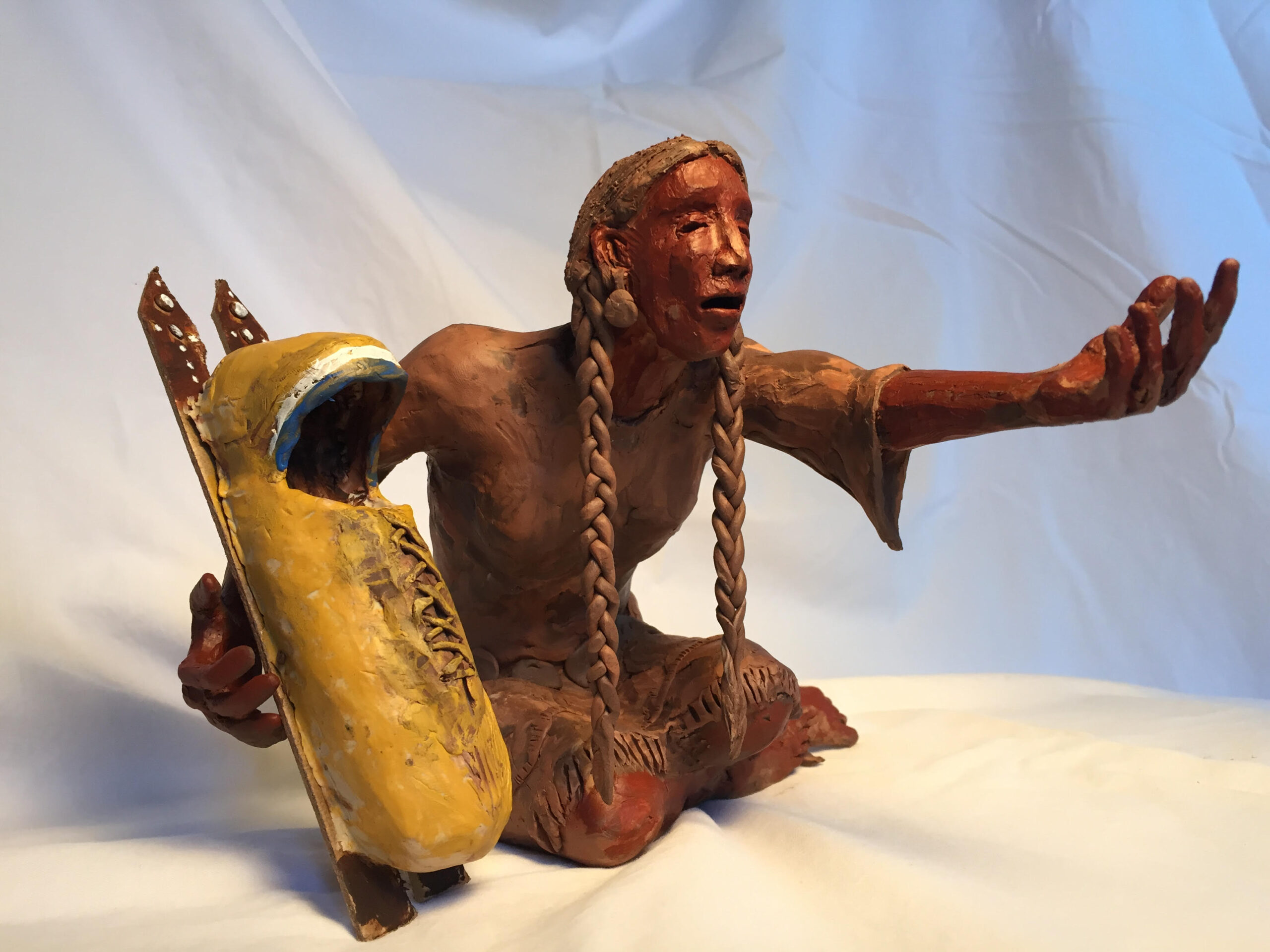
Since 2016, members of the Cheyenne and Arapaho tribes have been working on a project to memorialize the Sand Creek Massacre.
Then, last year, the statue of a Colorado cavalryman outside of the State Capitol was torn down by protestors.
Now that memorial project may succeed. The fallen statue could be replaced with a statue of an indigenous woman.
“The Sand Creek Massacre is one of the darkest moments in our state's history,” said Kathryn Redhorse, a member of the Lakota and Navajo tribes and executive director of the Colorado Commission of Indian Affairs. “Only by acknowledging and learning from this tragic event can we collectively move forward. Only then, can we heal.”
On Nov. 29, 1864, U.S. soldiers attacked a village of Cheyenne and Arapaho people and killed at least 230, mostly women, children and older people. It’s known as the Sand Creek Massacre, and it’s one of the worst mass murders in U.S. history.
On Thursday, Redhorse and other tribal members testified virtually for the Capitol Building Advisory Committee and made a case for the memorial.
The proposed new bronze statue depicts a woman sitting with her left arm extended and in her right arm is an empty cradleboard, signifying the loss of her child.
Artist Harvey Pratt, a Sand Creek descendant who was commissioned to create the statue by One Earth Future, said the idea to use a grieving Native American mother for the statue came to him in a dream.
It would replace the statue that was torn down last summer amid protests and a national reckoning of racial injustice. When the memorial, officially named On Guard, was erected in 1909, it recast the Sand Creek Massacre as a battle, and included it on a list of conflicts the Colorado troops engaged in.
The state moved to address that in 2002, adding a plaque that explained the true history of Sand Creek, but anger over the monument and calls to remove it persisted over the years.
“We didn't ask for the city, we didn't ask for the towns, we didn't ask for anything, but we do want that spot out there on the Westlawn for our Memorial,” said Otto Braided Hair, a Northern Cheyenne tribal member and descendent of a Sand Creek survivor. “And it should memorialize the nations and the history of Colorado territory, not just the state.”








